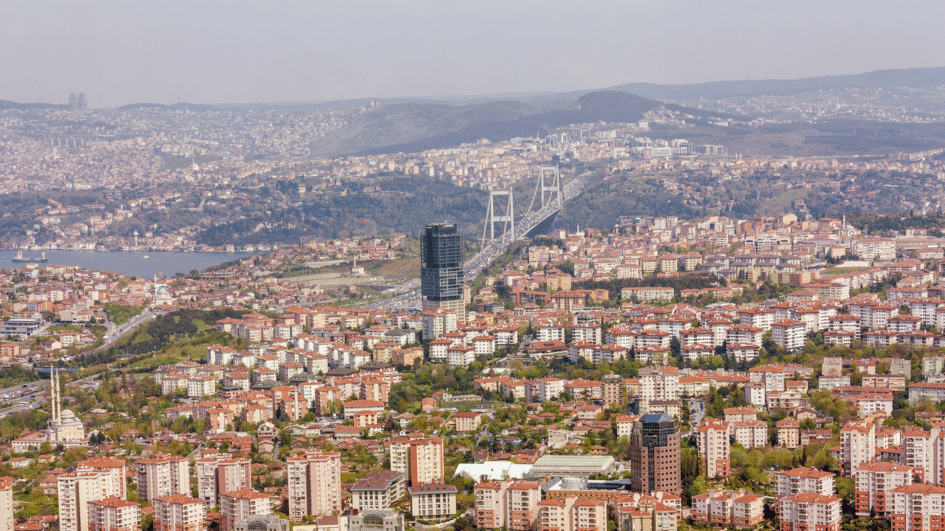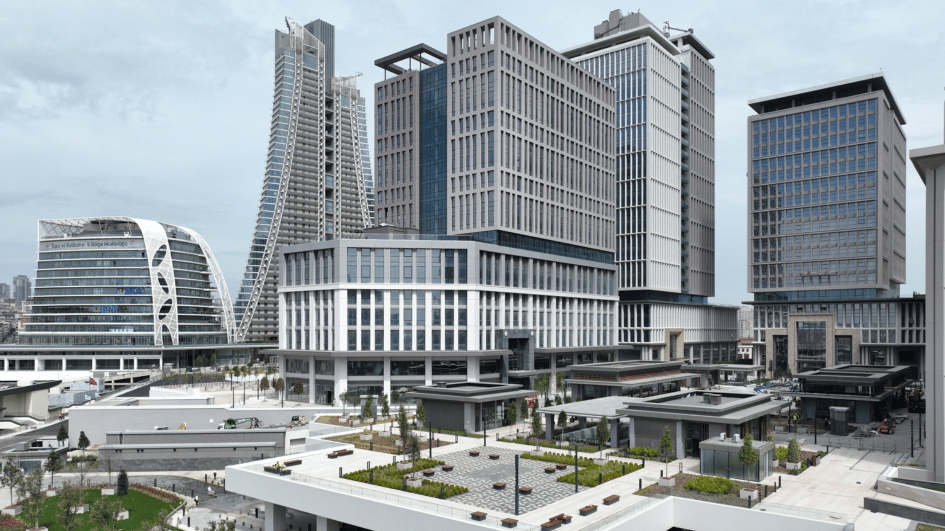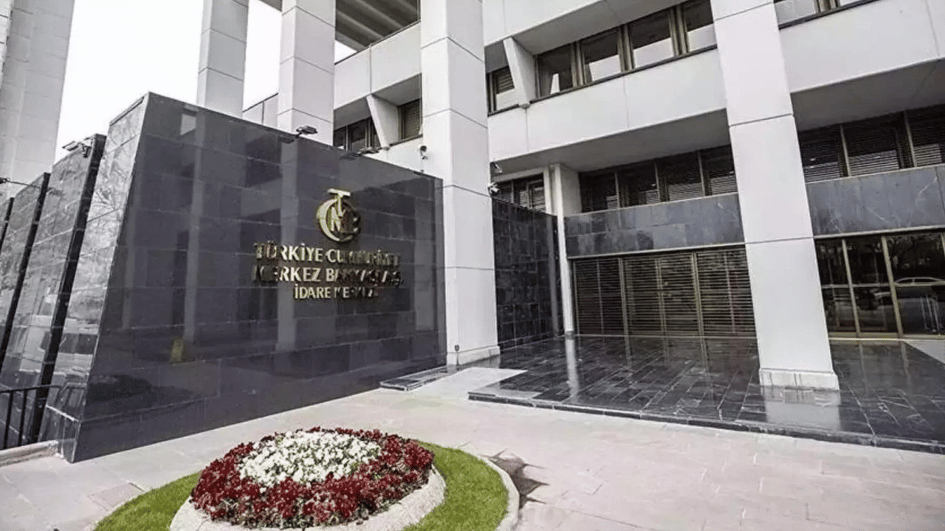Mosaics found in ancient city of Stratonikeia to serve tourism
MUĞLA

Within the scope of conservation studies, efforts are being made to bring the 1,600-year-old mosaics unearthed during the excavations in the ancient city of Stratonikeia, one of the largest marble cities in the world, into tourism.
Excavation, restoration and conservation works will continue throughout the year in the ancient city of Stratonikeia in the western province of Muğla’s Eskihisar district, which is also known as the “City of Gladiators” and is on the UNESCO World Heritage Tentative List.
In the ancient city, one of the most important cities of the Caria region, the settlement of the Carians and Leleges, the indigenous people of Anatolia, maintained its importance during the Hellenistic, Roman, Byzantine, Anatolian principalities, Ottoman and Republican periods.
The artifacts found there are meticulously preserved, and efforts are being made to bring them into tourism.
Professor Bilal Söğüt, the head of the Stratonikeia excavations, told the state-run Anadolu Agency that they found ruins from ancient times in Stratonikeia and that they started work on the northern city gate two years ago.
Noting that they completed works at a certain stage, Söğüt said that in this year’s work program, they were carrying out excavations and restorations at the North City Gate, West Street, Latrina and the theater.
Söğüt noted that the drawing and restoration work in the Ottoman-era village square and the houses were also ongoing.
Stating that they started the excavation of an important building located at the junction of the North and West Streets, Söğüt said: “We have had good results from the excavation here. We determined the phases of the buildings in the Roman Imperial period, that there were changes in this building since the fourth century and that these mosaics were added. As excavations progress, we will uncover other parts of the structure.”
Mosaics have geometric, floral motifs
Emphasizing that an important structure from the Christian period was revealed, Söğüt said that the excavated area was a significant area in the Roman Empire and Early Byzantine periods, as is understood from the findings and inscriptions found there.
Explaining that the mosaics unearthed during the excavation were specially arranged and that they got information about the maker of the mosaics, Söğüt said: “The mosaics unearthed are about 1,600 years old. We know that an Ephesian master came and worked here and made the mosaics in this area. There are also inscriptions from the Roman, Imperial and Early Byzantine periods around the mosaics. The work here is still in progress. Mosaics often have geometric and floral motifs. They are also one of the multi-colored mosaics discovered. They are made of colored stones and are one of the most beautiful works of that period.”
Pointing out that the excavation team also worked in the region, Söğüt said that the structures were also revived in a digital environment.
















